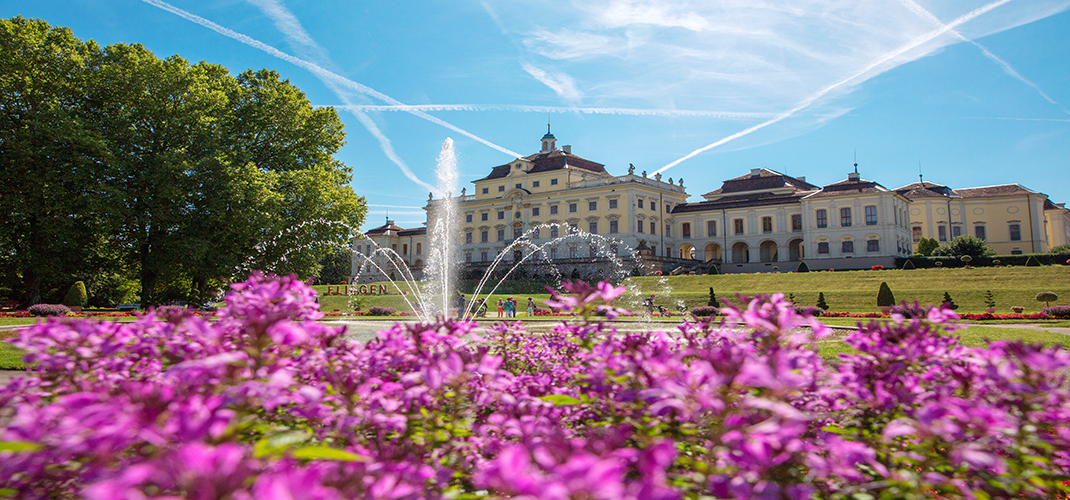Stuttgart

Stuttgart is the capital city of Baden-Württemberg in southern Germany, home to two of the world’s leading automobile manufactures in Mercedes Benz and Porsche. Stuttgart is an easy city for visitors to tour around and reach with outstanding museums, stunning palaces and one of Germany’s largest Christmas markets.
The Mercedes Benz Museum is the somewhat of a wholly grail for car enthusiasts. The museum clarifies the evolution and mechanics of the models and also shows how the brand and its founder, Mercedes Daimler Benz have played an instrumental role in the shaping of modern German history. At the core of the exhibits are 160 vehicles including the world’s first motorcycle, a 1885 Daimler, auto racing legends and future prototypes.
The Porsche Museum is supported on a trio of V shaped columns and planned to portray the nature of the brand itself. Inside, you can follow the development of the Porsche vehicles through both exhibits and more than 80 vehicles, which are on display. The most popular part of the museum is the interactive 12 metre Porsche touch wall, where you can use touch frames to browse through more than 3,000 drawings, photos, posters and advertisements from the vast historical archive.
Schlossplatz or Palace Square is the main focal part of the city and surrounded by buildings that date back to when it was a Ducal and Royal Capital. It has expansive green lawns and gardens to stroll around and relax. On one side is the 18th Century Baroque Neues Schloss or New Palace once home to former Kings and now used by the state government. On the opposite side is the Königstrasse the main pedestrianised shopping street, one of Germany's longest and best shopping districts. The huge Altes Schloss or Old Castle with its beautiful building and courtyard is surrounded by multiple arcades. The Castle now houses the Württemberg Landesmuseum, with collections of musical instruments, medieval art as well as the glorious Württemberg Royal Crown jewels.
Adjoining the Old Palace is the Schillerplatz, an Old Town Square with a monument to Friedrich Schiller, who was a poet, philosopher, historian and dramatist, one of Germany's most famous cultural goliaths. On Tuesday, Thursday and Saturday mornings the square is the site of a flower market. In December the Schlossplatz and Marktplatz on either side of Schillerplatz are the home to the Christmas Market.
The Sepulchral Chapel has with a tragic tale to tell. The Chapel is the resting place of a former King and Queen of Württemberg and their young daughter. Legend has it that the young Queen died of a broken heart when she discovered that her beloved husband was engaged in an extra marital affair. The King, racked with remorse, built the chapel to house her tomb in a beautifully natural area, overlooking his own chamber. Today, the chapel is surrounded by vineyards and stunning scenery where visitors can see where the pair are laid to rest.
Stuttgart's Staatsgalerie (State Gallery) is a masterpiece of contemporary architecture which holds one of the finest art collections in Europe. It has an amazing representation of German Renaissance art as well as some from the Dutch and Italian masters of the 14th - 19th Centuries, however the Staatsgalerie is best known for its outstanding collection of 20th Century paintings including significant works by Henri Matisse, Marc Chagall, Salvador Dalí, Franz Marc and Pablo Picasso amongst others.
Other places of interest include Rubble Hill, a monument and reminder of the damage that was caused in Germany by the bombings during WWII and the Fernsehturm Stuttgart, the world's first television tower, which opened in 1956. The tower has an observation deck and restaurant and enjoys extensive views over the city and the Neckar Valley into the Swabian countryside and as far as the Black Forest and the Odenwald.
The Schloss of Solitude (Stuttgart Palace) is situated on a scenic vantage point overlooking city. It was originally built by the former Duke Karl Eugen of Württemberg in 1763 as a private hunting lodge. The highlight is the radiant Weisse Saal or White Hall with its lovely domed roof, intricate decorative gold work and its frescoed ceiling. You can stroll through the beautifully manicured grounds along the Solitude Allee, a broad tree lined avenue, which extends between the Solitude Palace and the Palace at Ludwigsburg.
Just north of Stuttgart in the small city of Ludwigsburg you will find the most extravagantly adorned Ludwigsburg Palace, one of Germany's largest and prettiest Baroque Palaces. In decorating his private apartments the, Duke Carl Eugen of Württemberg commissioned the great fresco painter Matthäus Günther to decorate the walls with hand painted wall coverings. A highlight of the Palace is the impressive Marble Hall, with its magnificent chandeliers and its ceiling fresco of clouds against blue, giving the impression of an open sky.
